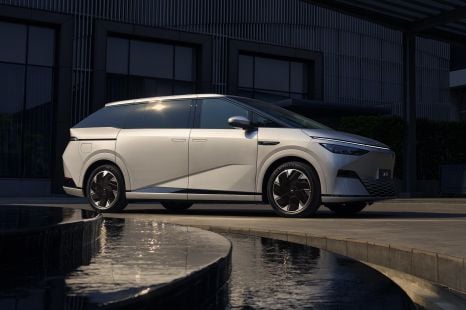

William Stopford
Will 2026 be the year of the people mover in Australia? China seems to think so
13 Hours Ago
They may be considered iconic or classic, but some of the “new” cars on offer in Australia are surprisingly old.
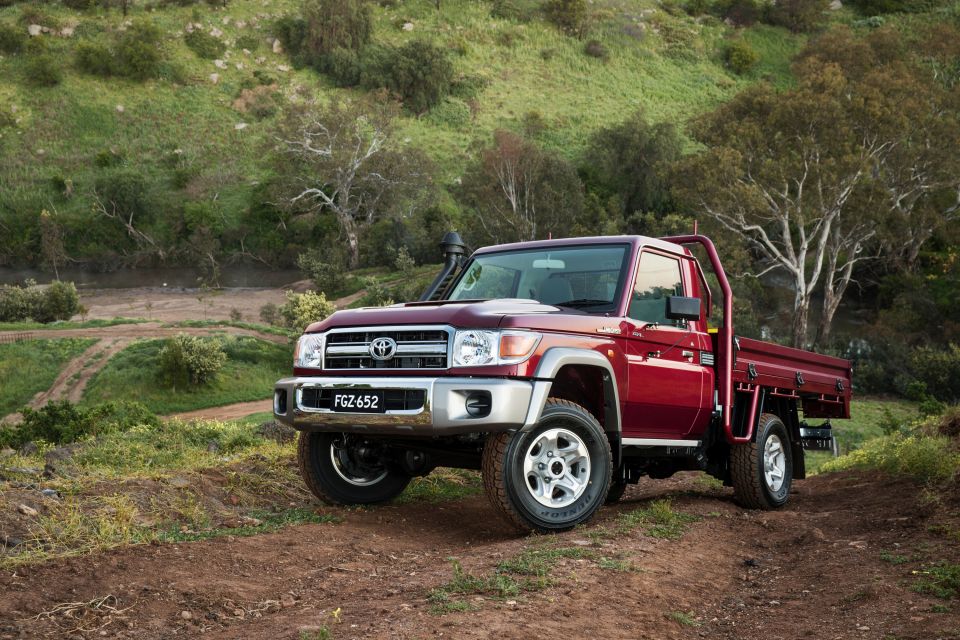
This is the epitome of Toyota reliability and durability.
Whether in single-cab, double-cab, wagon or Troop Carrier guise, it’s still the default choice for many rural Australians. Even 36 years after launch, the price kicks off beyond $60,000 before on-road costs.
Over that time it has received a few updates, and a few years back the top-selling single-cab chassis even managed to get a five-star ANCAP crash rating.
Highlights include basic air-conditioning, an FM/AM radio with Bluetooth connectivity and a CD player, USB connectivity, hill-start assist, traction control, and anti-lock brakes.
Not to mention the long-serving 4.5-litre V8 turbo-diesel and manual gearbox combination, enabling a 3500kg braked-towing capacity.
Sure, it’s no Tesla Cybertruck with its technology and safety mod-cons. But it’s an undeniable off-road legend that’s still going strong.
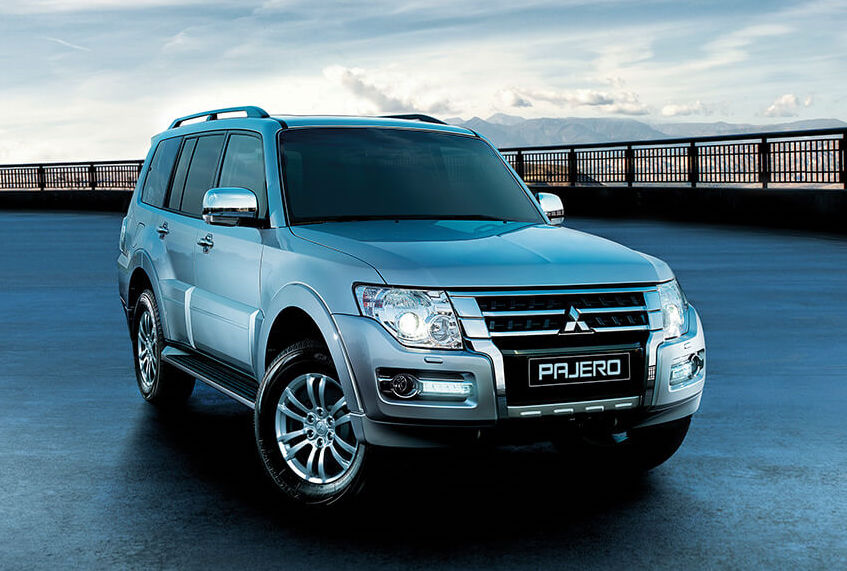
The tough and reliable Pajero Sport is a stalwart for Mitsubishi. Rugged it might be, but it’s getting very long in the tooth.
This shape actually dates back to 1999, though a substantial update came about in 2006 and has been regularly tweaked (without a full replacement) ever since.
As standard, the Pajero now gets a 7.0-inch touchscreen with Apple CarPlay and Android Auto, LED daytime running lights, and a selectable dial to configure the four-wheel drive system and enable the rear differential lock.
Though, you’ll need to step up to the flagship model to get features like parking sensors, automatic wipers, and auto headlights.
The design is getting tired, and the lack of active safety technologies really shows in 2020. Then again, there’s no questioning the Pajero’s ability off the beaten track.
Where to next? This icon is being slowly retired in many markets, and death isn’t far away. Whether a new model co-developed with Nissan comes to pass remains to be seen.
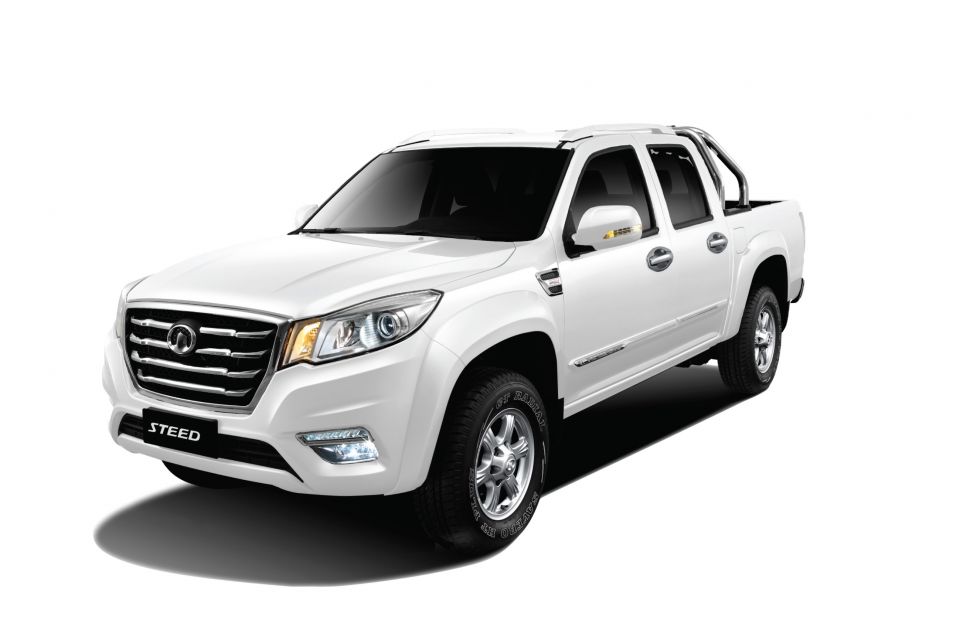
Originally launched in Australia in 2009 as the V240, the Steed is the cheapest Chinese ute available in Down Under.
A facelift arrived in 2016, bringing back the Steed after a short hiatus and under a new factory distributor, but the car’s bones are now 14 years old.
The presumed attraction lies in its feature set – rear parking sensors, leather seats, daytime running lights, automatic headlights and wipers, steel sports bar, and side steps are all available.
With generous drive-away pricing, it undercuts the newer LDV T60. But keep in mind the two-star ANCAP rating, based on testing carried out in 2016.
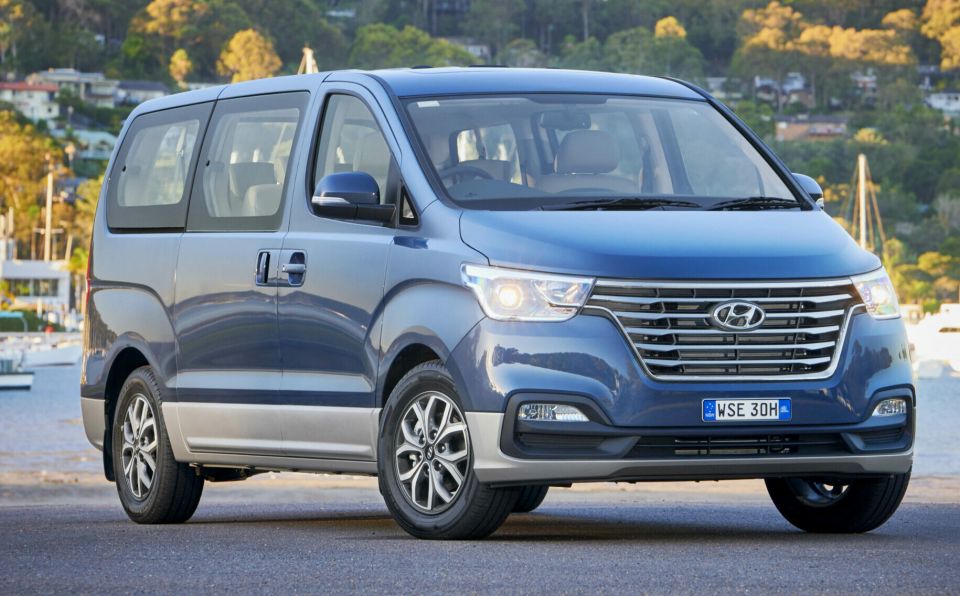
The only commercial van and people mover from Hyundai, the iLoad in particular has become common on our roads. It’s the constant number-two in class sales behind the Toyota HiAce.
Surprisingly, it’s more than a decade old already, having received only a facelift in 2018.
It offers a reach and height adjustable steering column, 7.0-inch touchscreen with smartphone mirroring, cruise control, and, crucially, a reversing camera.
Furthermore, the eight-seat iMax can also be had with a swish beige interior, dual sunroofs, and second/third row air vents.
However, it has a four-star ANCAP safety rating based on 2009 criteria.
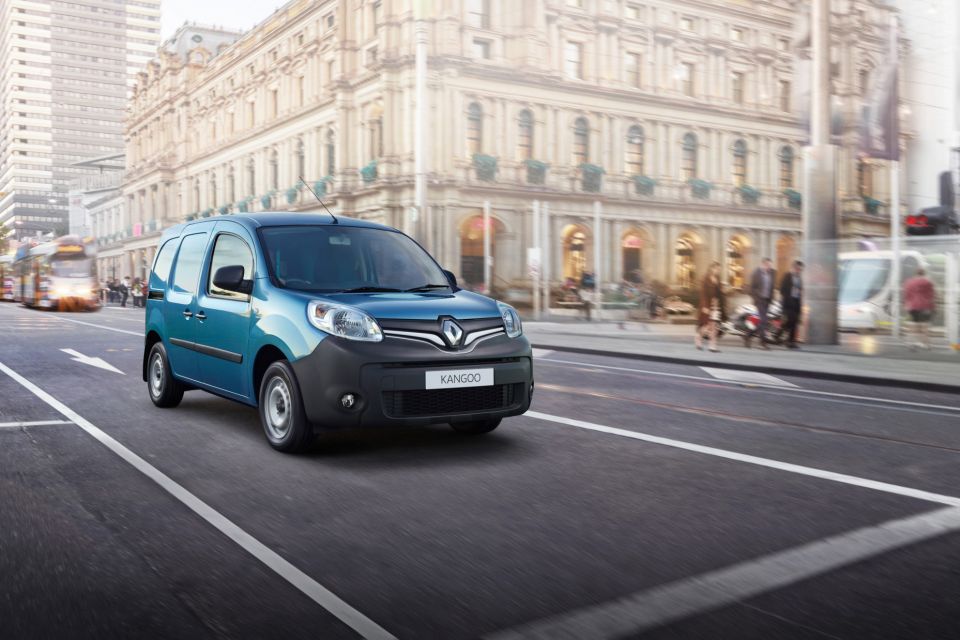
It’s more than a decade old, but the Renault Kangoo van remains on dealer floors today.
Despite its age, Renault brought a fully-electric Kangoo ZE alongside the standard petrol and diesel models in 2017.
With a rather rudimentary exterior and interior design, the Kangoo offers cruise control, hill-start assist, Renault R-Link software on a 7.0-inch touchscreen, and a reversing camera as options.
At least space is in abundance, with 3000L load space in the Kangoo Compact and 4000L on the larger Maxi.
Thankfully, the French brand teased a rather fetching Kangoo ZE Concept last year. A new model should be unveiled soon.
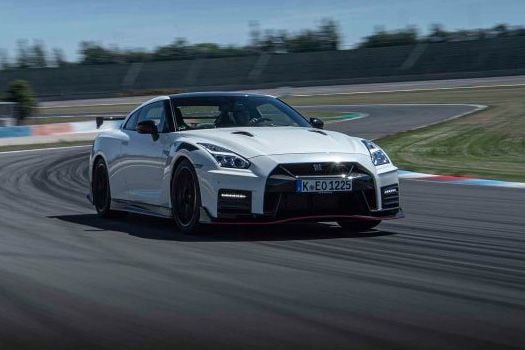
The GT-R is synonymous with Japanese car culture, and is still going strong 13 years after launch.
It has seen some significant changes over the years, but the fundamentals haven’t changed. Power still comes from a raw 3.8-litre twin-turbocharged V6 delivering 419kW and 632Nm – 441kW and 652Nm in the GT-R Nismo.
Nissan last year gave the GT-R an update, with styling tweaks, a revised chassis, and a 50th Anniversary model.
There’s no doubt the GT-R is a modern classic. There’s also no doubt it’s time to see what Nissan can do with an all-new model.

The Lexus LX is a luxury SUV based on the legendary Toyota LandCruiser 200. Do you want to take a $130,000 (plus) eight-seater off to tackle rough terrain?
That’s up to you, but there’s no doubt it’ll dominate the city streets.
The LS received a much-needed facelift in 2018 with the Lexus Spindle Grille, a full safety suite, wireless charging, a 12.3-inch infotainment screen and more.
Lexus also offered a V8 diesel version aimed at grey nomads.
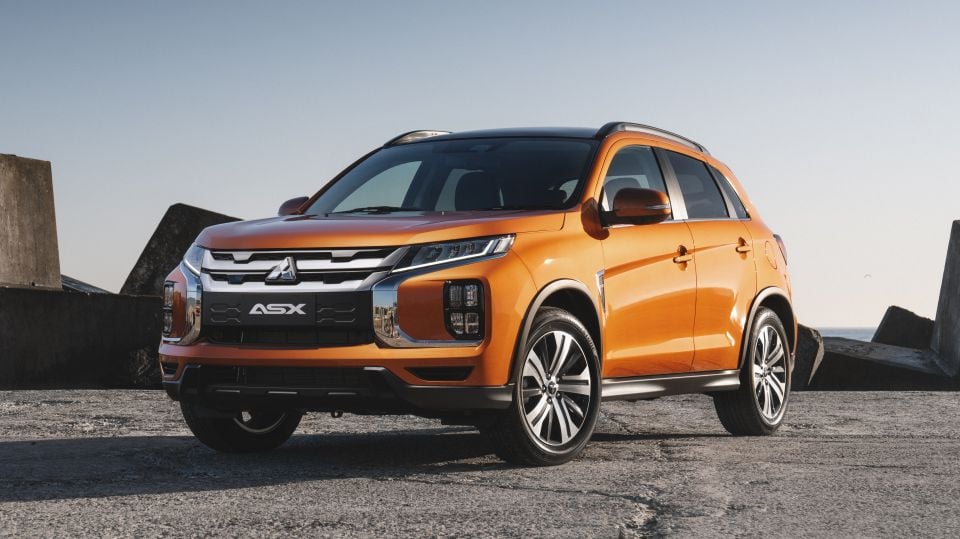
Consistently topping Australia’s top small SUV class, the ASX is one of the models that helped drive the small crossover craze.
The ASX has been facelifted multiple times this decade – we could give Mitsubishi an award for keeping the car fresh with new sheetmetal.
Multiple grilles and designs have come and gone, with the latest update in late 2019 bringing a new ‘Dynamic Shield’ design. However, the interior hasn’t changed all that much.
Its equipment list is still up-to-date: an 8.0-inch touchscreen with smartphone mirroring, digital radio, LED head-, tail-and daytime-running lights, and the availability of advanced safety technology like blind-spot monitoring and lane-departure warning.
Contributing to its popularity is generous drive-away pricing.

Similar to the Mitsubishi Pajero and Lexus LX, the Patrol is another rugged off-roader soldiering on without a ground-up overhaul.
It’s worth noting the Patrol launched in 2013 in Australia, after not initially being offered in right-hand drive. It was sold for a few years alongside the agricultural Y61 that dated to 1997, but is now retired.
The big fella gained a major redesign late last year. Along with a modern grille, daytime running lights and tweaked rear, the car gained a full suite of safety assistance systems standard.
Also new for 2020 is a focus on improved noise, vibration and harshness levels from the petrol-only SUV.
Unfortunately, the infotainment screen remains unchanged with no Apple CarPlay and Android Auto in Australia.
Notable mentions include the Nissan 370Z, Toyota Prado, and Volkswagen Amarok – all of which are a decade old or more.


William Stopford
13 Hours Ago


Max Davies
14 Hours Ago
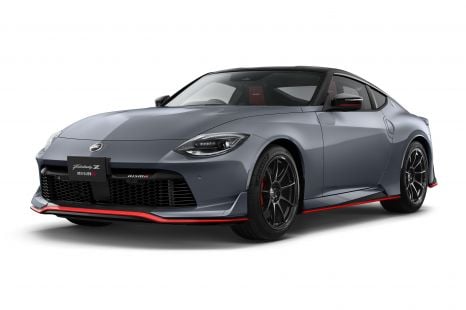

Derek Fung
15 Hours Ago
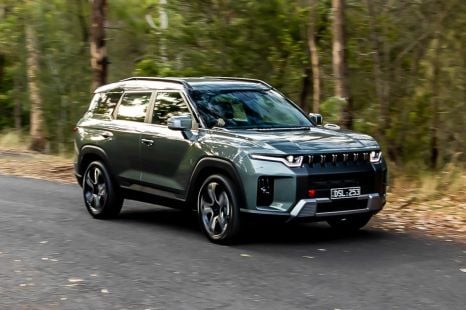

Matt Campbell
21 Hours Ago


Ben Zachariah
2 Days Ago


Damion Smy
2 Days Ago